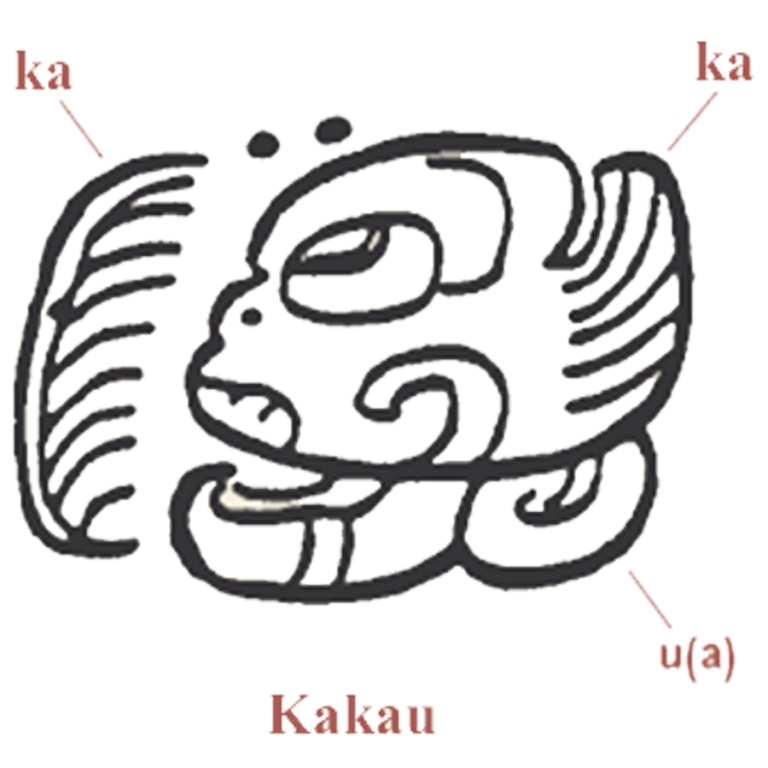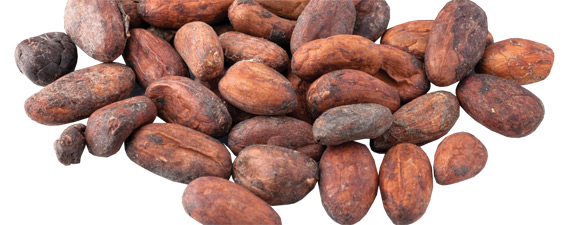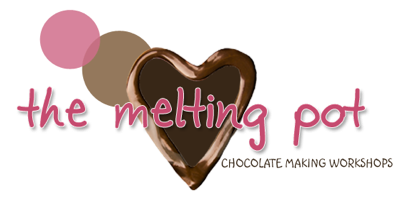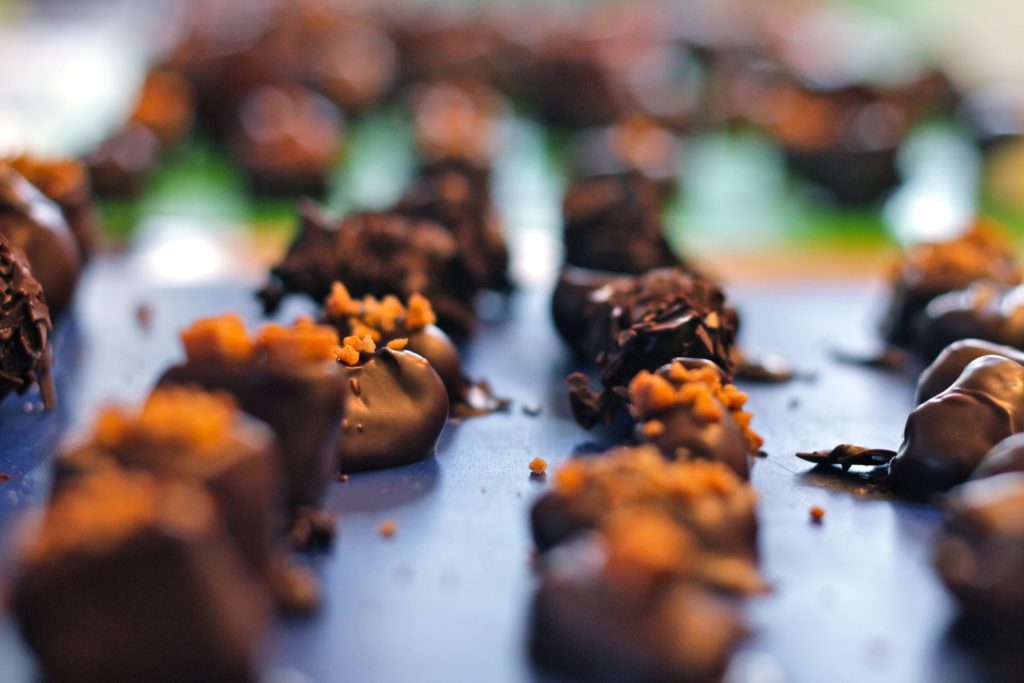Chocolate has a fascinating history.
Used as currency and later badged as liquid gold, such was its value!
At one time it was for MEN ONLY (but thankfully women have made up for that since).
It was only enjoyed by royalty and society’s elite for many years as it was too rare and expensive for the common people. We owe gratitude to the Quaker families, who decided chocolate was a better alternative to gin and made it more accessible for all.
Here’s a brief history of chocolate
Origins
Botanists believe that the first cocoa trees grew wild in the Amazon Orinoco approximately 4,000 years ago.
Cocoa beans were first cultivated by the Mayans when they migrated to the Yucatan peninsula in the 7th Century AD.
The Aztecs

Aztecs conquered large parts of Mexico 700 years later and imposed a feudal system on the Mayans and other tribes.
All taxes were paid in cocoa beans! Cocoa beans became the common currency:
4 nibs (or beans) = a rabbit
100 nibs = a slave
Fraudsters would fill hollowed-out cocoa bean shells with earth.
Chocolate was consumed in liquid form – mixed from a block of prepared nibs (crude chocolate tablet). Chillies, other spices, and flowers were mixed with dried, roasted, and ground cocoa nibs, they also added cornmeal as an emulsifier (to absorb the greasy cocoa butter).
Ruling Emperor of the Aztecs, Montezuma would consume huge quantities of chocolate at ceremonies – often a 1,000 jugs in a night!
Who drank it?

Chocolate was strictly reserved for men only!
It was only available for the ‘elite’ – and acted to show their prowess and standing as a tonic aphrodisiac!
Referred to as Xocolatl – which literally means ‘bitter water’.
The first Chocolate Entrepreneur?

Tenochtitlan (now known as Mexico City) was the Aztec capital – which was invaded by the Spanish Crown in 1519, led by Cortes.
Cortes was intrigued by the Aztec’s consumption of chocolate.
Columbus introduced the cocoa bean and Aztec drink to Europe 20 years prior to Cortes, but at the time it was intensely disliked. European palates were not used to the spices and chillies used in the drink.
Cleverly, Cortes added sugar and vanilla to the brew and recounted tales of Montezuma imbibing the sacred drink. Cortes realised the possibilities of exploiting this ‘liquid gold’. He established plantations in Mexico, Trinidad, and Haiti. African slaves became as important to cocoa cultivation as the sugar industry.
Chocolates reaches Europe
For the first 100 years after Cortes’ discovery, the drink remained a preserve of the Spanish Court – it was extremely expensive and only afforded by aristocrats.
News of the drink spread to Germany, Austria, Flanders, Italy, and then France in the first half of the 17th Century.
Chocolate appears to reach London around 1650 – when it was branded as a nourishing drink.
Pepys describes the drink as a hangover cure in his diary notes.
There were two varieties – ordinary and royal (royal with a higher cocoa content and little sugar).
During the 18th Century, Europe saw a rapid increase in consumption. Still, only wealthy people could afford it as it was heavily taxed.
Chocolate Pioneers
By 1852 taxes decreased due to merits promoted by Quaker industrialists and larger imports. In 1850 1,400 tonnes were imported, by the 1900s this had multiplied nine-fold!
Most of the early cocoa entrepreneurs are household names:
Hershey, Cadbury, Fry, and Rowntree – owing their success to Swiss pioneer inventors: Caillr, Suchard, Peter, Nestle, Lindt, and Tobler.
Fry was the first to create a chocolate bar-shaped mould for chocolate.
Rudolphe Lindt was responsible for creating the process of conching to ensure we have smooth chocolate to enjoy.
In the UK, four great Quaker families: Cadbury, Fry, Terry, and Rowntree became involved with cocoa as they saw it as a healthy alternative to the menace of gin! They played a large part in making chocolate a food of the people, creating model working environments and housing for workers.
Fry was the first to put chocolate in a tablet form in the shape of the bar as we know it today (sadly no relation to Dawn Fry, but a good name to start a chocolate workshop business with!)
Food of the Gods

Chocolate has today become part of a daily culture for all levels of society in the Western world.
“Theobroma cacao’ is the Latin name for cocoa. Theobroma literally means ‘food of the gods’. It contains ‘theobromine’ which is a natural anti-depressant!
Hurrah for chocolate – if all this history has made you crave some of the good brown stuff, then here are some delicious chocolate recipes to make at home.
It is good for us to take a moment to realise how easy it is for us to access chocolate in today’s world and be grateful that we can enjoy this wonderful food stuff whenever we choose. Its history may have inspired you to try some more expensive chocolate, here’s how to taste it properly.
Enjoy!



